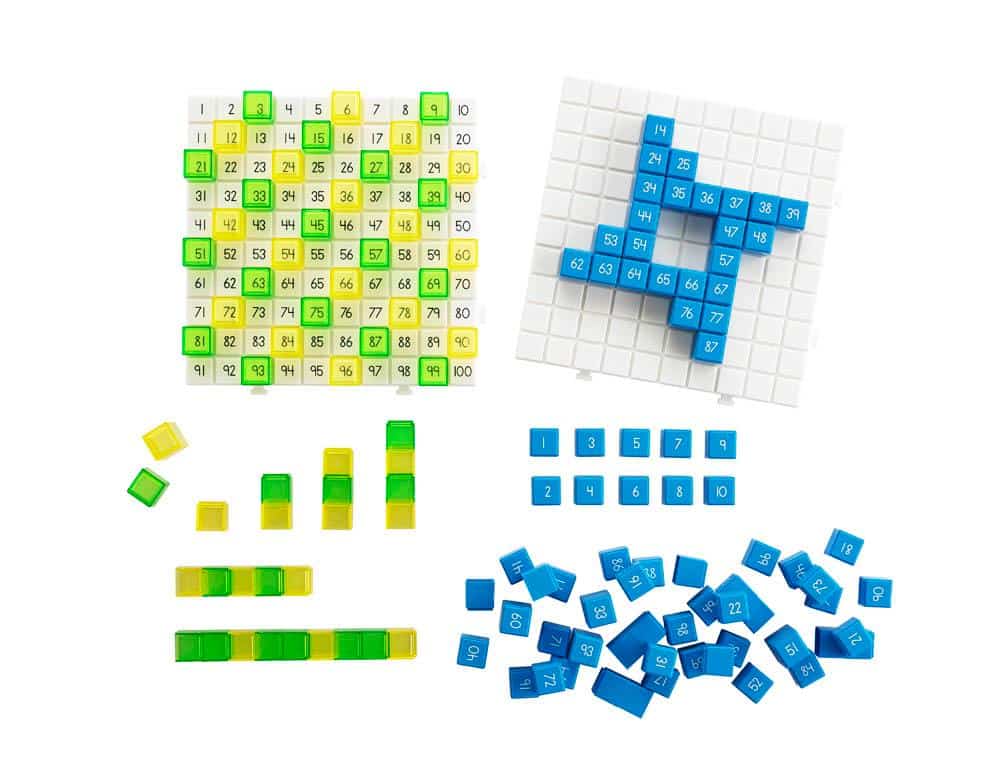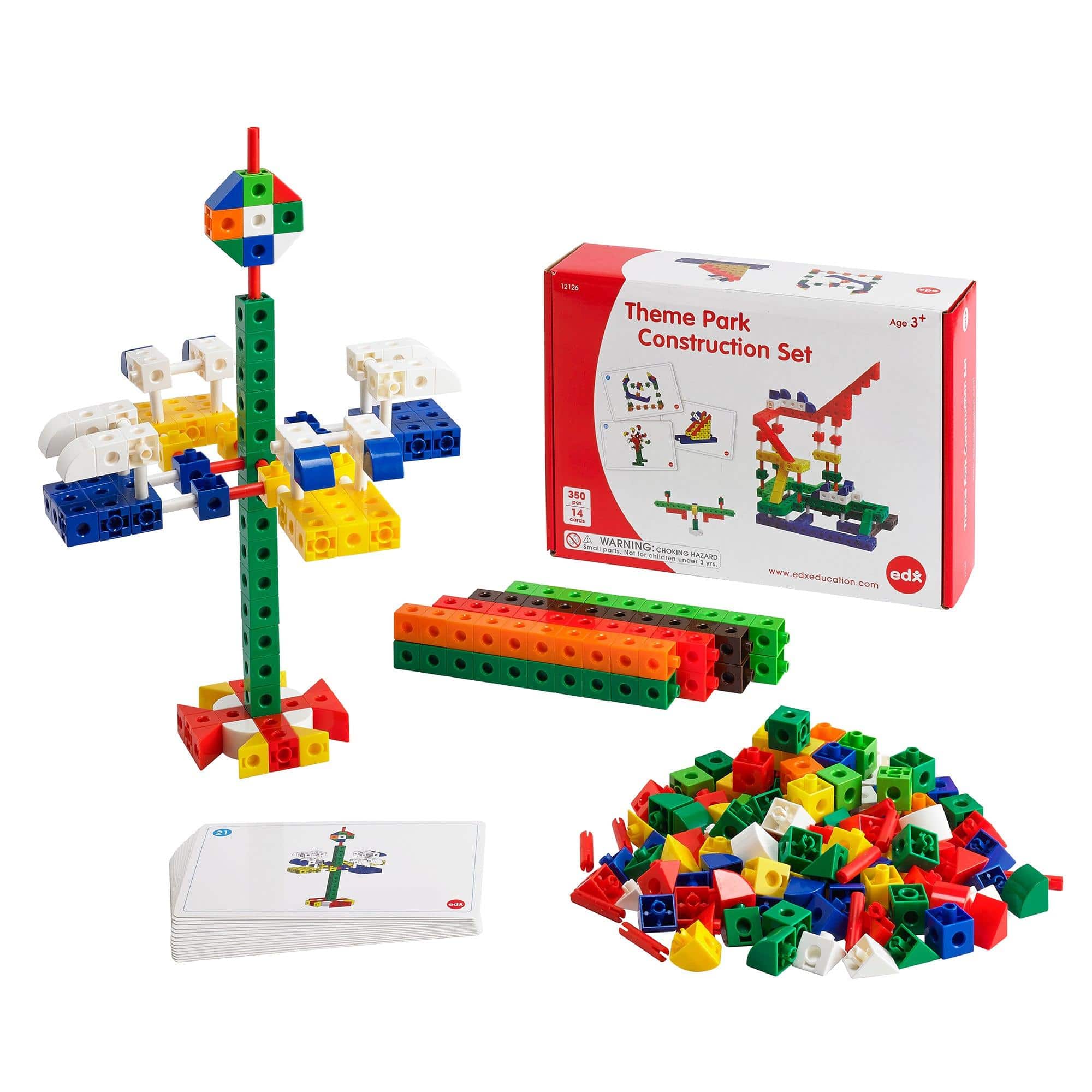The Impact of Toy Advertising on Gender Representation
Introduction
Toy advertising plays a significant role in shaping children’s perceptions of gender roles and identities. From catchy jingles to bright packaging, toy advertising has a powerful impact on how boys and girls perceive themselves and others. In this blog article, we will delve into the extensive influence of toy advertising on gender representation and explore the implications it has on children’s development.
Gender Stereotyping in Toy Advertising
Toy advertising often reinforces traditional gender stereotypes by portraying boys as tough and adventurous, while girls are depicted as nurturing and focused on appearance. This perpetuation of stereotypical gender roles can limit children’s understanding of what activities and interests are appropriate for their gender.
Examples of Gender Stereotypes in Toy Advertising
- Boys’ toys: Action figures, cars, and building blocks
- Girls’ toys: Dolls, dress-up playsets, and kitchen sets
The Consequences of Gender Representation in Toy Advertising
The limited and biased representation of gender in toy advertising can have several adverse effects on children’s development and perception of self. Some consequences include:
- Internalization of stereotypes: Children may internalize the beliefs perpetuated by toy advertising and conform to gender norms, limiting their potential and personal growth.
- Limited career aspirations: By promoting stereotypical roles for girls and boys, toy advertising may discourage girls from pursuing careers in STEM fields or boys from exploring traditionally feminine professions.
- Impact on body image: The emphasis on appearance in toy advertising can contribute to body image issues and dissatisfaction, especially among girls who are often portrayed with unrealistic beauty standards.
- Development of biases: Biased representation in toy advertising can contribute to the development of prejudices and discriminatory attitudes towards individuals who do not conform to traditional gender roles.
Breaking the Mold: The Need for Diverse Toy Advertising
To combat the negative effects of gender representation in toy advertising, the industry needs to embrace diversity and inclusivity in its marketing strategies. This includes:
- Showcasing a wider range of interests and activities: Toy advertising should highlight both traditionally feminine and masculine toys being enjoyed by children of all genders, encouraging inclusivity and breaking down stereotypes.
- Featuring diverse models and families: To reflect the realities of today’s society, toy advertising should include models and families of various ethnicities, body types, and gender presentations.
- Promoting gender-neutral toy options: Introducing more gender-neutral toys can provide children with the opportunity to explore their interests without the pressure of conforming to societal expectations.
Conclusion
Toy advertising has a profound impact on the way children perceive gender roles and identities. By challenging traditional stereotypes and promoting diversity in toy advertising, we can create a more inclusive society that allows children to explore their interests and potential without limitations. Let us encourage toy manufacturers to embrace change and contribute positively to children’s self-perception and development.


